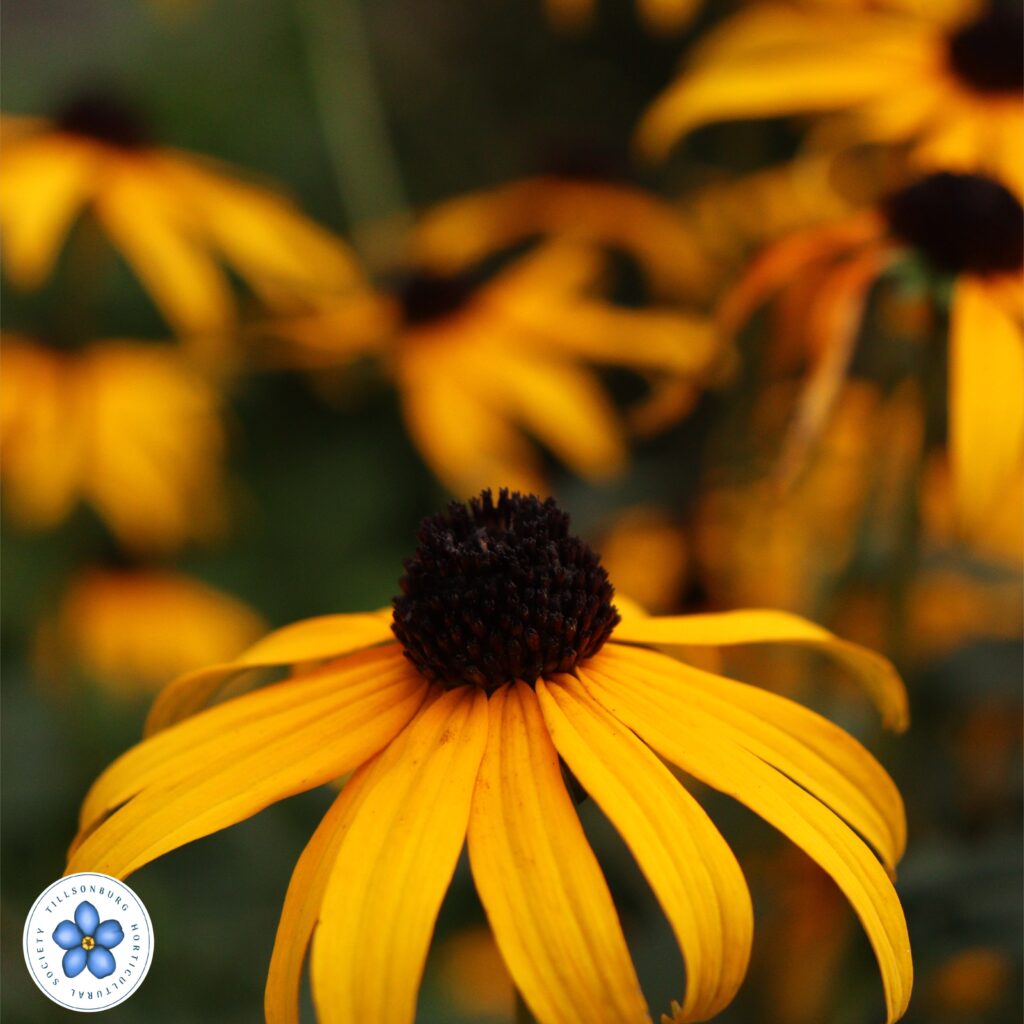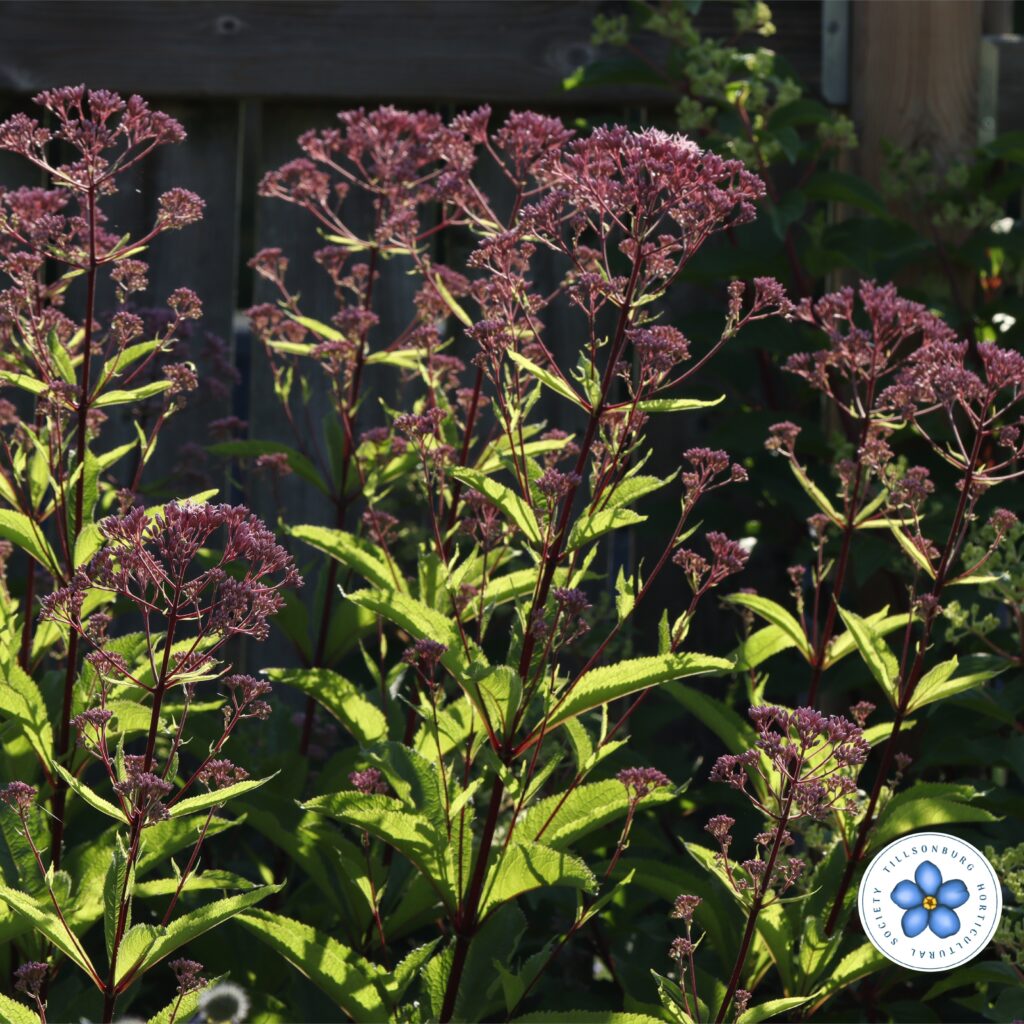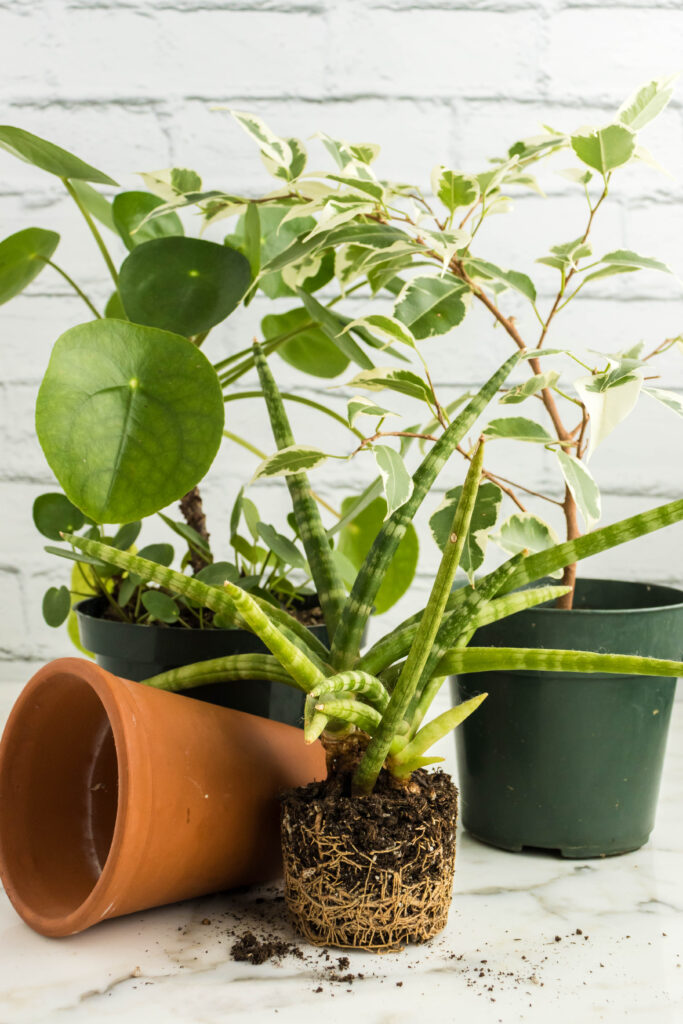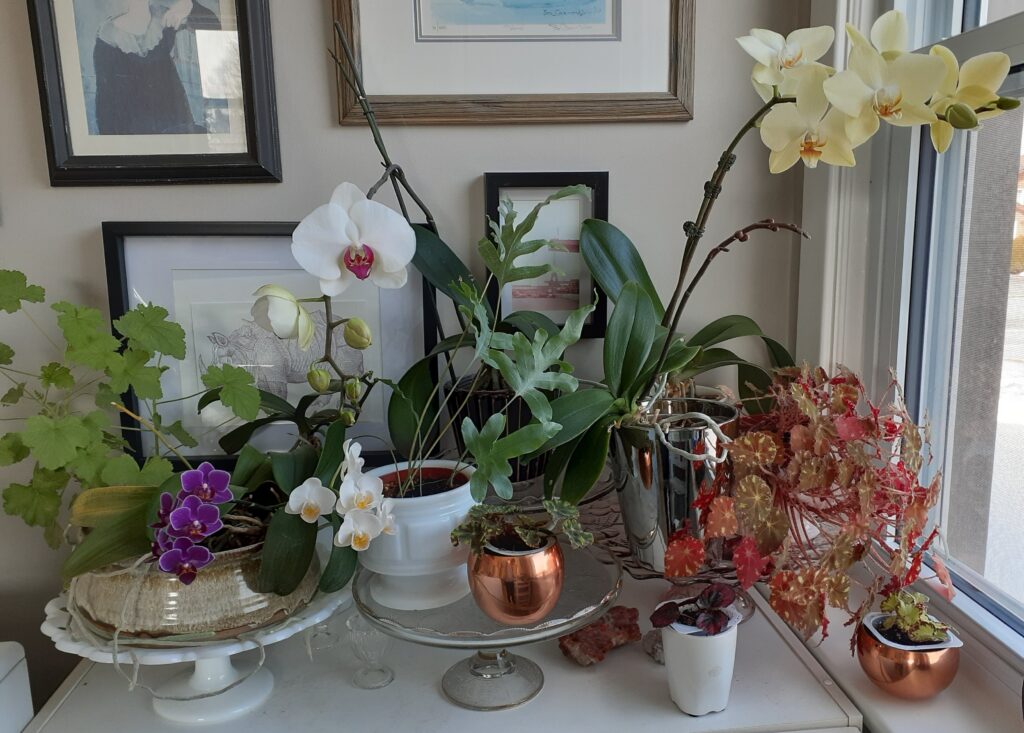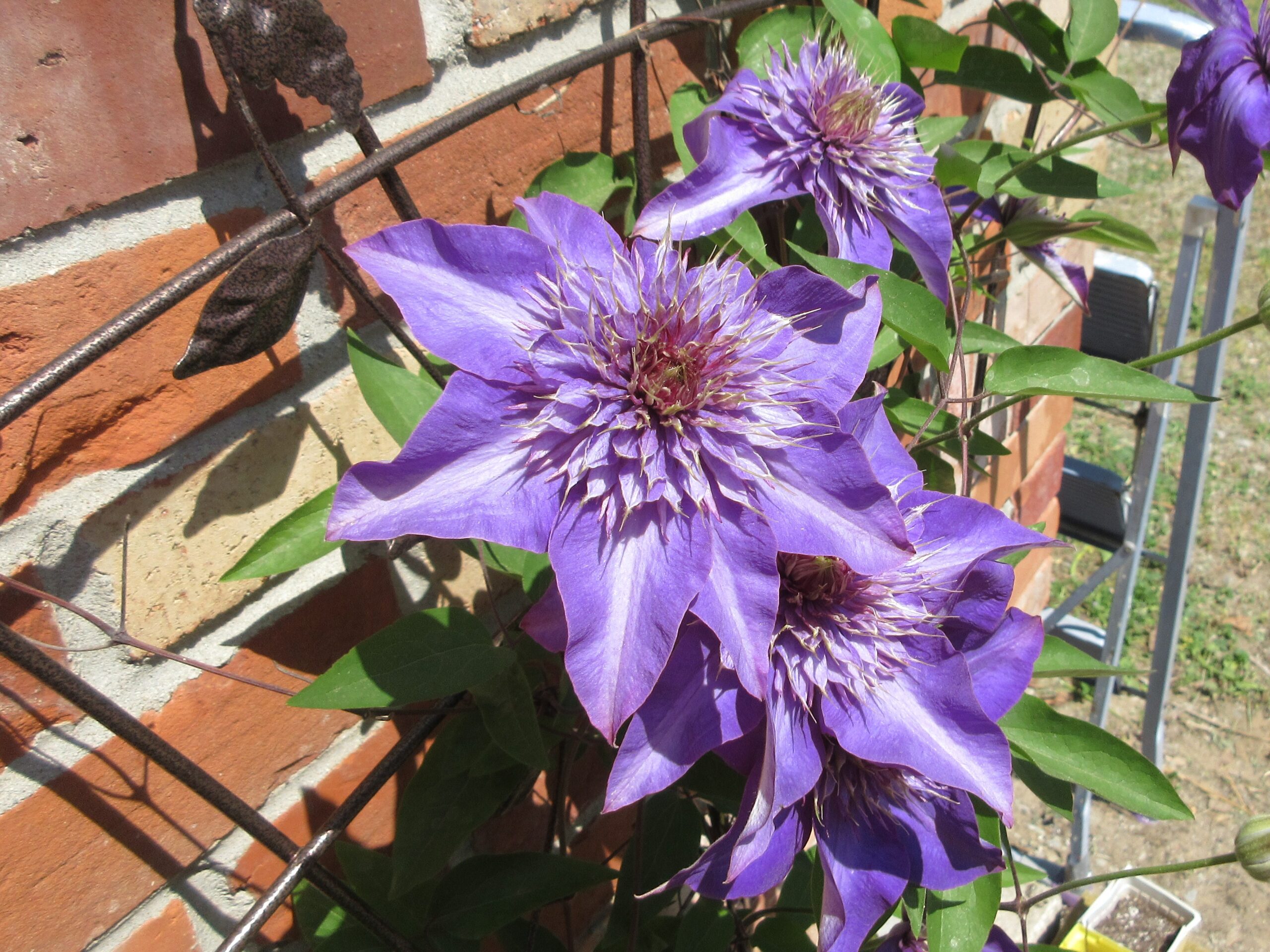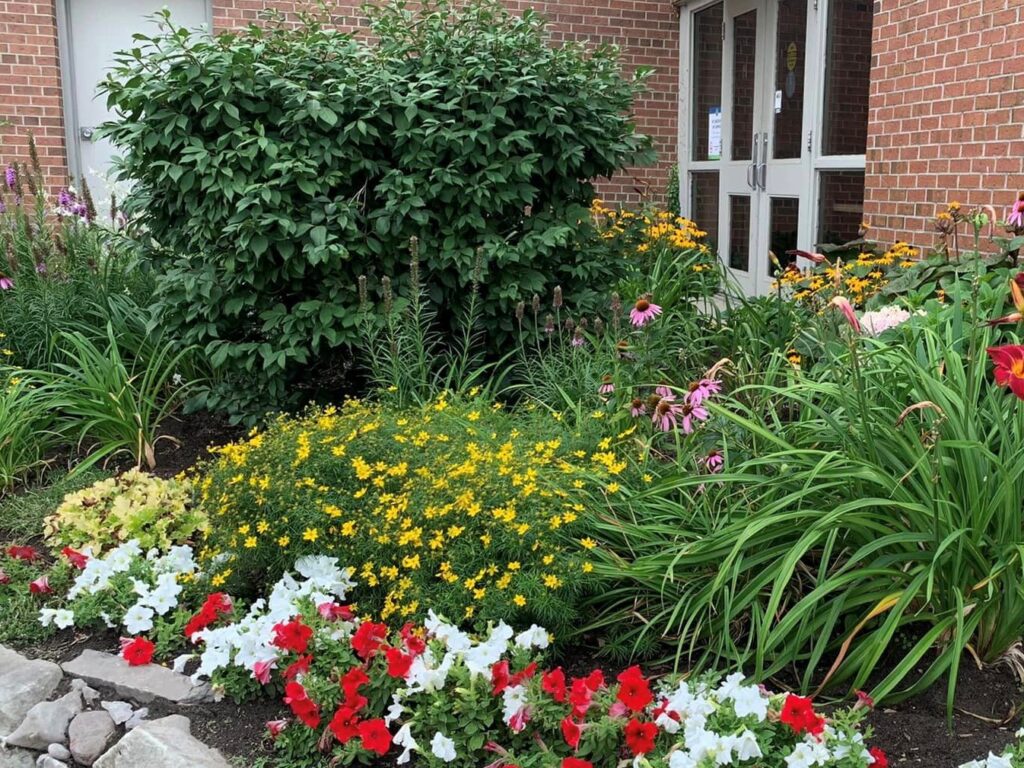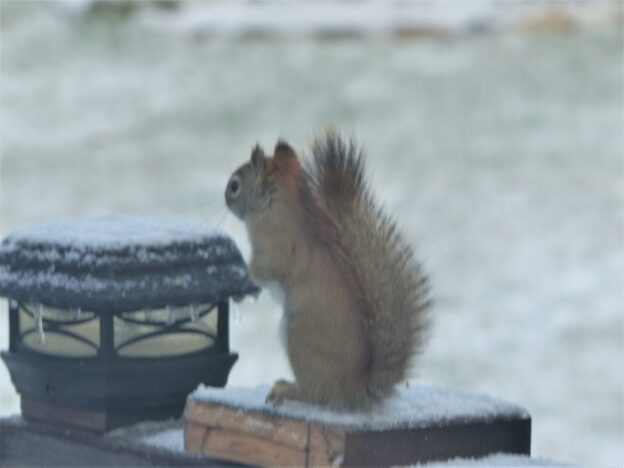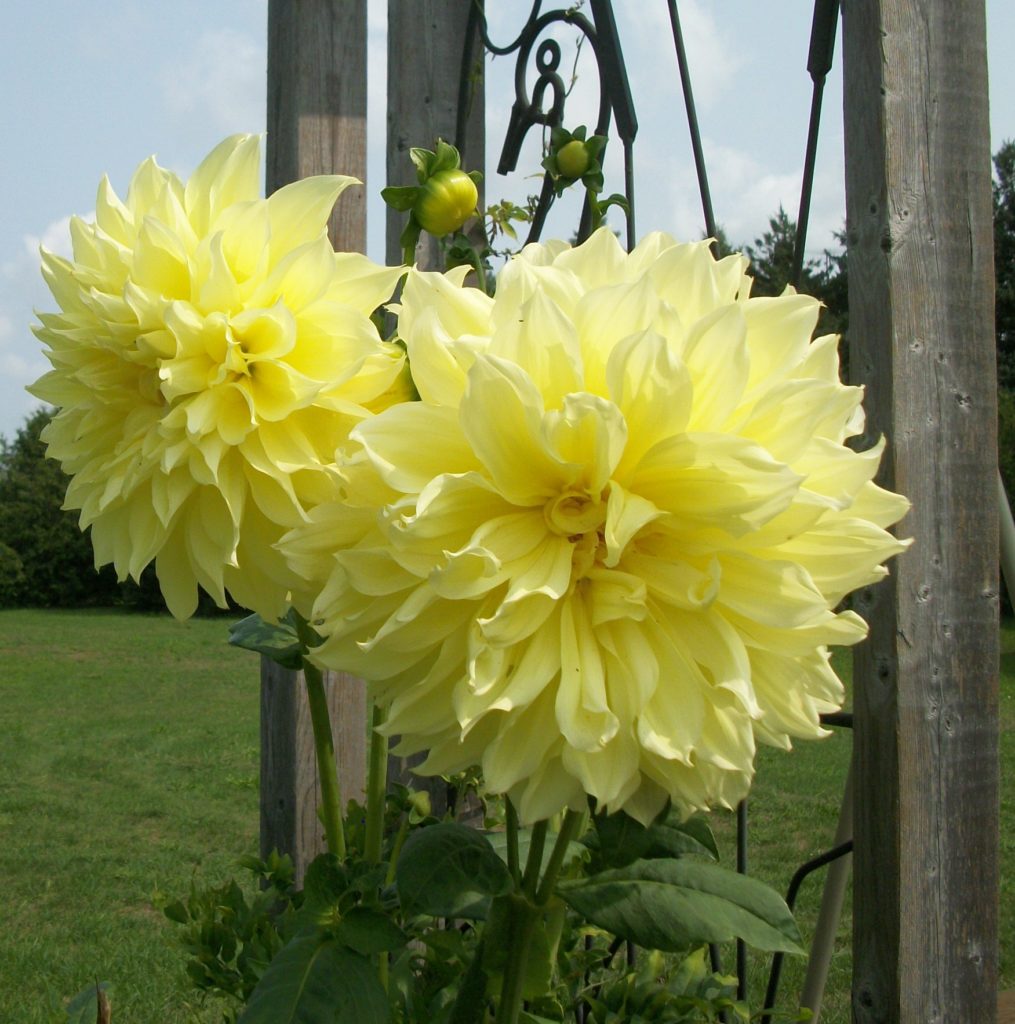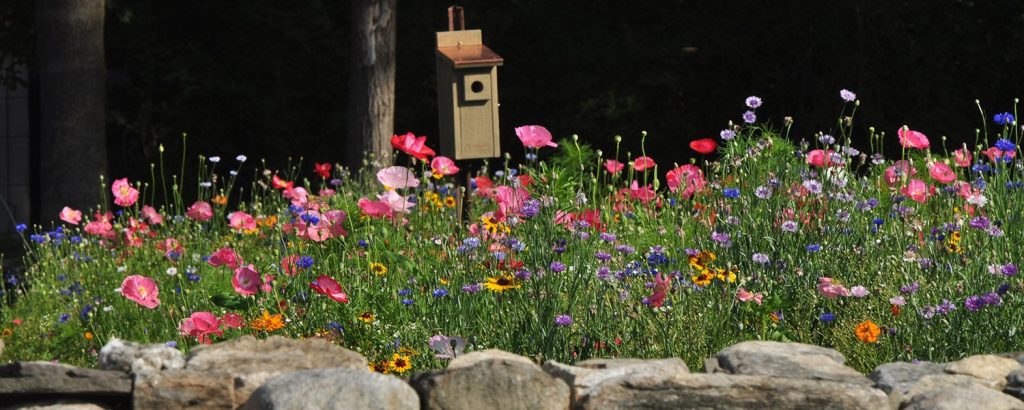By Sue Healey
April 2024
“April, come she will.”
“When streams are ripe and swelled with rain”. So sings Art Garfunkel in one of my favourite songs of the season (there are few). That pure, crystalline voice always evokes pictures of snowbanks dripping into rushing waters under a brilliant winter sky. As March leaves us, cold and damp with a final, inevitable, dumping of snow, and April is forecast to be rainy, there won’t be many brilliant skies but plenty of swollen streams.
All that water has me thinking and digging into rain gardens. I’ve been hearing the term more often in the last few years, usually in relation to native gardening and urban runoff. On a late winter day, watching the water rush down my street and into the storm drain, I decided to explore a gardener’s way to save that water.
A rain garden is simply that, a garden designed for the rain. More nuanced, it is a collection of plants designed to collect and filter water that would otherwise run overland, into storm drains and eventually into our waterways. This water often sweeps pollutants, debris, and soil along with it leading to the poisoning of aquatic flora and fauna. Rain gardens also help prevent the erosion that so often happens with sudden and intense rainstorms. Usually consisting of plants that tolerate periods of heavy moisture, native species are particularly well suited for rain gardens. Best situated away from buildings, they can be incorporated into areas where water naturally pools, using what is already a feature of the landscape. Gardens can be as large or as small as needed and are relatively easy to achieve; dig out a concave area, partially backfill it with a mixture of black earth and sand, and plant with your choice of species. The Toronto and Region Conservation Authority (TRCA) has published a comprehensive rain garden guide with detailed plans that are easy to understand and free to print or download. They also offer a long list of recommended plants that range from shrubs such as red-osier dogwood (Cornus sericea) and elderberry (Sambucus canadensis) to low and tall grasses like tufted hairgrass (Deschampsia cespitosa) and big bluestem (Andropogon gerardii). There are also numerous flowering plants to choose from; butterfly weed (Asclepias tuberose), spotted Joe-pye weed (Eupatorium maculatum), New England aster (Symphyotrichum novae-angliae) and black-eye Susan (Rudbeckia hirta) to name a few of the sun lovers. If you have a more shaded spot, white turtlehead (Chelone glabra) will do better.
My rain garden would be situated in the area where my rain barrel overflows. I’ve been eyeing it up for the last few years and think it has the potential to be a great rain garden. There is already a small garden in the space, but it’s in need of an overhaul. I grow a number of the plants mentioned in the guide and may end up moving some divisions of Joe-pye weed and black-eyed Susan. I am however, intrigued by those grasses and may choose a variety of natives, perhaps mulched with gravel to further help drainage. This garden would share the space with a clothes line that has no plans of moving. Low profile grasses that wouldn’t interfere with waving sheets may be the answer to more than the overflowing rain barrel. As always, any digging would be done after good research and only when the soil is workable. As tempting as April sunshine can be, soil temperatures need to be warm enough to accept those eventual additions.
Regardless of what I choose to plant, the rain garden will help store the water I can’t. The garden will save, purify it, use it to nourish the plants that will in turn, help feed and house pollinators and who will, in their turn, become food for a host of other bird and wildlife, who will continue the cycle. April showers will then bring so much more than just flowers.
And before any major digging, I’ll be doing some warmup with my local Horticultural Society. April’s speaker is Chris Streib, registered physiotherapist, and owner of Talbot Trail Physio. Chris will show us how to “Bend like a Sapling, Not Break like a Twig…”
Meeting begins Tuesday, April 2, at 7:30pm. All welcome. Membership $20/year or $4/ meeting. Come as a guest, stay as a member.
